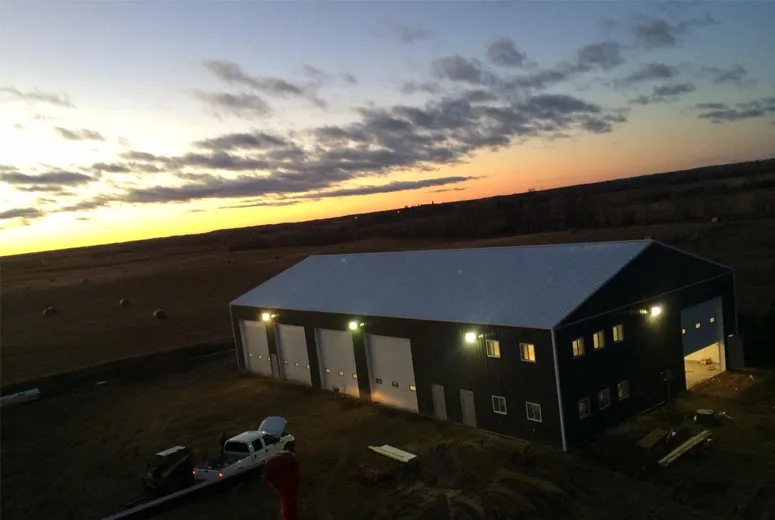- Afrikaans
- Albanian
- Amharic
- Arabic
- Armenian
- Azerbaijani
- Basque
- Belarusian
- Bengali
- Bosnian
- Bulgarian
- Catalan
- Cebuano
- Corsican
- Croatian
- Czech
- Danish
- Dutch
- English
- Esperanto
- Estonian
- Finnish
- French
- Frisian
- Galician
- Georgian
- German
- Greek
- Gujarati
- Haitian Creole
- hausa
- hawaiian
- Hebrew
- Hindi
- Miao
- Hungarian
- Icelandic
- igbo
- Indonesian
- irish
- Italian
- Japanese
- Javanese
- Kannada
- kazakh
- Khmer
- Rwandese
- Korean
- Kurdish
- Kyrgyz
- Lao
- Latin
- Latvian
- Lithuanian
- Luxembourgish
- Macedonian
- Malgashi
- Malay
- Malayalam
- Maltese
- Maori
- Marathi
- Mongolian
- Myanmar
- Nepali
- Norwegian
- Norwegian
- Occitan
- Pashto
- Persian
- Polish
- Portuguese
- Punjabi
- Romanian
- Russian
- Samoan
- Scottish Gaelic
- Serbian
- Sesotho
- Shona
- Sindhi
- Sinhala
- Slovak
- Slovenian
- Somali
- Spanish
- Sundanese
- Swahili
- Swedish
- Tagalog
- Tajik
- Tamil
- Tatar
- Telugu
- Thai
- Turkish
- Turkmen
- Ukrainian
- Urdu
- Uighur
- Uzbek
- Vietnamese
- Welsh
- Bantu
- Yiddish
- Yoruba
- Zulu
Dec . 04, 2024 16:49 Back to list
The Role of Steel in Agricultural Buildings Strengthening Farms for the Future
Agriculture is the backbone of many economies around the world, serving as a crucial component for food production and sustainability. As the demands on farmers increase, so too does the need for innovative solutions in building structures that are not only durable but also efficient and adaptable. Steel agricultural buildings have emerged as a key player in this field, providing numerous advantages that cater to the evolving needs of modern farming.
Durability and Longevity
One of the primary benefits of utilizing steel in agricultural buildings is its unmatched durability. Steel structures are resistant to weather elements such as rain, snow, and wind, which can compromise the integrity of wooden structures over time. This resilience translates into a longer lifespan for agricultural buildings, which can be particularly significant given the substantial investments farmers make in their facilities. With proper maintenance, steel buildings can last for several decades, reducing the need for frequent repairs or replacements.
Cost-Effectiveness
While the upfront cost of constructing a steel agricultural building may be higher than traditional materials like wood, the long-term savings are undeniable. The longevity of steel translates into reduced maintenance costs, and its inherent strength allows for larger, open spaces without the need for internal support columns. This flexibility can lead to better utilization of the space, whether it’s for housing livestock, storing equipment, or processing crops. Additionally, steel is often more readily available and easier to source, streamlining the building process.
Sustainability
In today’s world, the emphasis on sustainability is greater than ever. Steel is a highly recyclable material, making it an environmentally friendly option for agricultural buildings. Many steel structures incorporate recycled materials, reducing the demand for virgin resources. Furthermore, the energy used during the production of steel has significantly decreased due to advancements in technology and efficient manufacturing processes. Choosing steel buildings aligns with the principles of sustainable farming, promoting responsible land use and conservation.
steel agricultural buildings

Flexibility and Customization
The versatility of steel allows for numerous architectural designs, making it suitable for a variety of agricultural needs. Whether it’s a barn, greenhouse, equipment storage, or a livestock shelter, steel buildings can be customized in terms of size, shape, and layout. This adaptability means that farmers can design their buildings to best meet their specific operational requirements. As agricultural practices evolve, having the ability to modify or expand buildings without major renovations is a significant advantage.
Fire Resistance and Pest Control
Steel is inherently non-combustible, providing an added layer of safety for agricultural buildings. In regions where wildfires or barn fires pose significant risks, steel structures can mitigate the impacts of such disasters. Furthermore, steel is not susceptible to pests such as termites and rodents, which can devastate wooden buildings. This characteristic helps maintain the integrity of the structure and the safety of the equipment and livestock housed within.
Aesthetic Appeal
While functionality is paramount in agricultural buildings, aesthetics should not be overlooked. Steel buildings can be visually appealing and can complement the surrounding landscape. Modern designs can incorporate various colors and finishes, allowing farmers to create structures that not only serve their practical needs but also enhance the overall look of their property.
Conclusion
Steel agricultural buildings represent a blend of strength, efficiency, and sustainability, making them an ideal choice for today’s farmers. As the agricultural sector faces new challenges, such as climate change, technological advancements, and increased competition, farmers must invest in sturdy and adaptable structures. Steel buildings offer the resilience needed to withstand these challenges while providing a cost-effective, sustainable solution for agricultural operations. As we look to the future of farming, the role of steel will undoubtedly continue to grow, reinforcing the foundations of agriculture and shaping the landscapes of our farms for generations to come.
-
How Do Prefabricated Steel Structures Transform Modern Construction?
NewsJul.14,2025
-
How Do Prefabricated Metal Buildings Redefine Modern Construction?
NewsJul.14,2025
-
How Do Prefab Insulated Metal Buildings and Steel Structures Revolutionize Modern Construction?
NewsJul.14,2025
-
How Do Pre - Engineered Steel Structures Redefine Modern Construction?
NewsJul.14,2025
-
Advancing Modular Construction with Prefabricated Metal Structures
NewsJul.14,2025
-
Advancing Industrial Infrastructure with Prefabricated Steel Solutions
NewsJul.14,2025
Products categories
Our Latest News
We have a professional design team and an excellent production and construction team.












